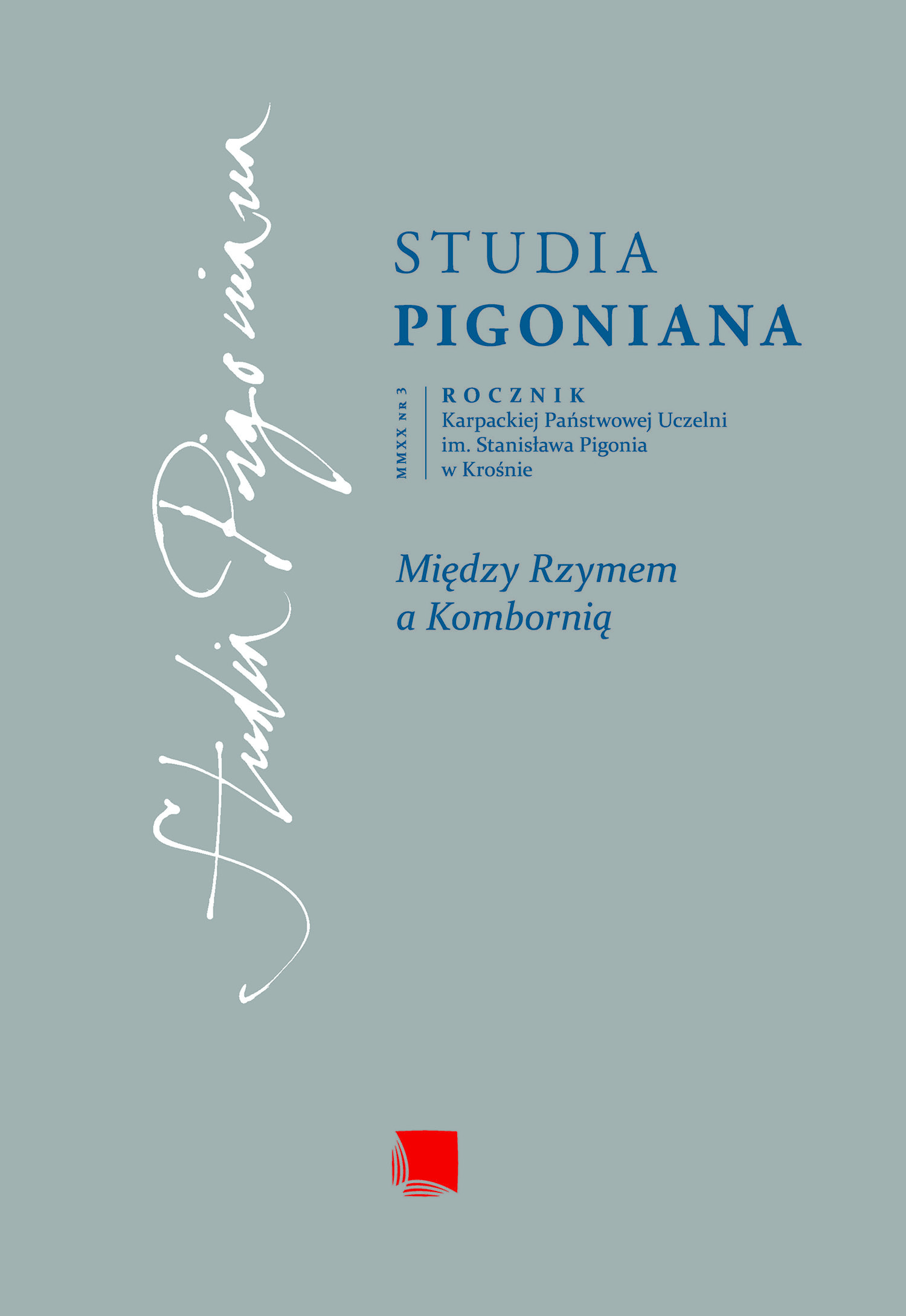Zagroda rodzinna Stanisława Pigonia w Komborni. Studium etnograficzne
The Family Homestead of Stanisław Pigoń in Kombornia. An Ethnographic Study
An Ethnographic Study
Author(s): Tadeusz ŁopatkiewiczSubject(s): Architecture, Geography, Regional studies, Ethnohistory, Local History / Microhistory
Published by: Wydawnictwo Naukowe PIGONIANUM
Keywords: Stanisław Pigoń; Kombornia; folk architecture; weavers’ cottage; village material culture; changes in folk architecture
Summary/Abstract: The housing of the family homestead of Professor Stanisław Pigoń (1885-1968) in Kombornia, preserved to this day, is a very interesting and, at the same time, increasingly rare example of a timber and brick cottage and the accompanying barn – the environment of peasant existence from the mid-19th century to the end of the 20th century. Despite numerous reconstructions and modernisations, the Professor’s family house has preserved in its interior many architectural relics characteristic of folk architecture in the Eastern Foothills. These include the traditional layout of a weavers’ cottage with an enfilade-like room and workshop, the long abandoned way of joining the beams in the walls, the still legible traces of the fire appliances that used to function here – from the stove with a hood, with a smoke discharge to the attic, to the modern tiled kitchen with a closed hearth and chimney, or the typologically early hipped roof covered with straw. Although during the twentieth century there were numerous modernisations and alterations to the Pigońs’ homestead, these did not erase the previous spatial plan of the cottage, or the legible traces of the original roof structure, ceilings in the room and the corner extensions, cellar, etc. What is more, these modernisations are an excellent illustration of the long process of transformation to which the technical aspects of folk culture have also evolved throughout the previous century, and whose material examples are unfortunately becoming increasingly rare in the landscape of the villages surrounding Krosno. The acquisition of the Pigoń’s homestead by the Krosno State College, which took place in 2010, created a unique opportunity for these historic buildings to continue to exist, and, what is more, to perform new roles, to which the wooden cottage (from which the distinguished scholar came into the world) was not intended to be used, but which it will certainly be able to perform. The usage of this homestead protected in situ by the Stanisław Pigoń Carpathian State College in Krosno is today a guarantee of systematic care, as well as of properly conducted protective, renovation, and adaptation works. The potential of this historic house – notonly through its biographical links – is a value that cannot be overestimated today.
Journal: Studia Pigoniana
- Issue Year: 3/2020
- Issue No: 3
- Page Range: 205-238
- Page Count: 34
- Language: English, Polish

